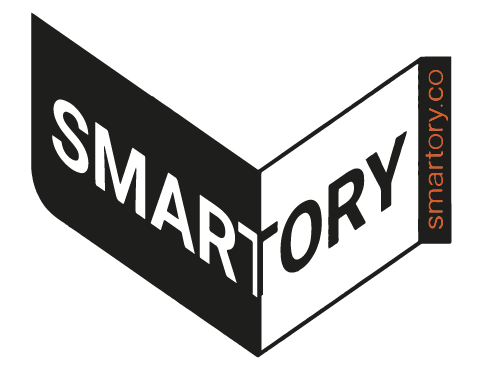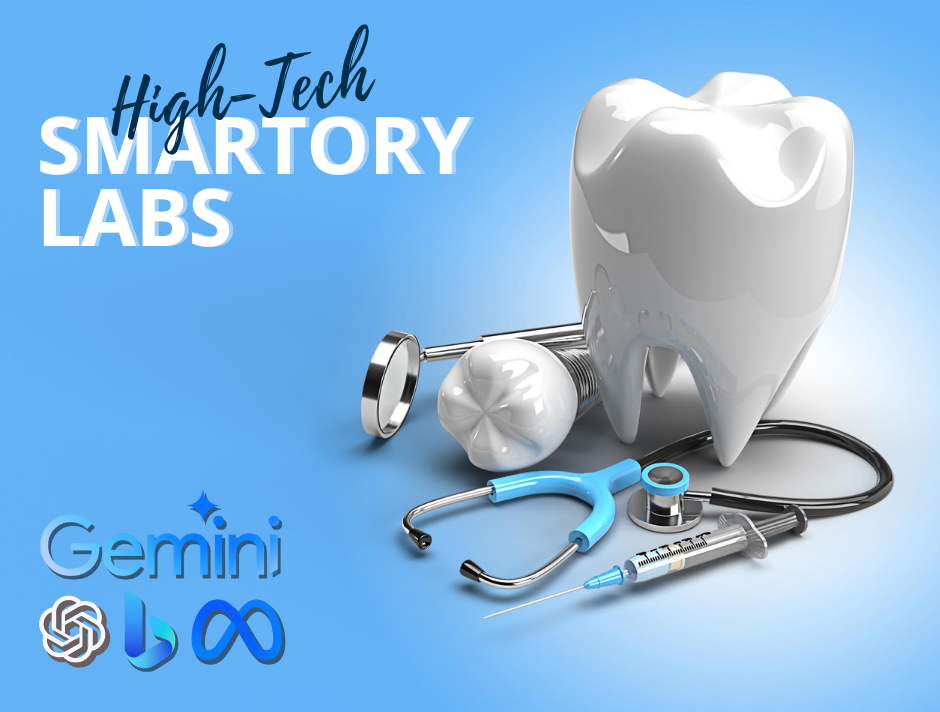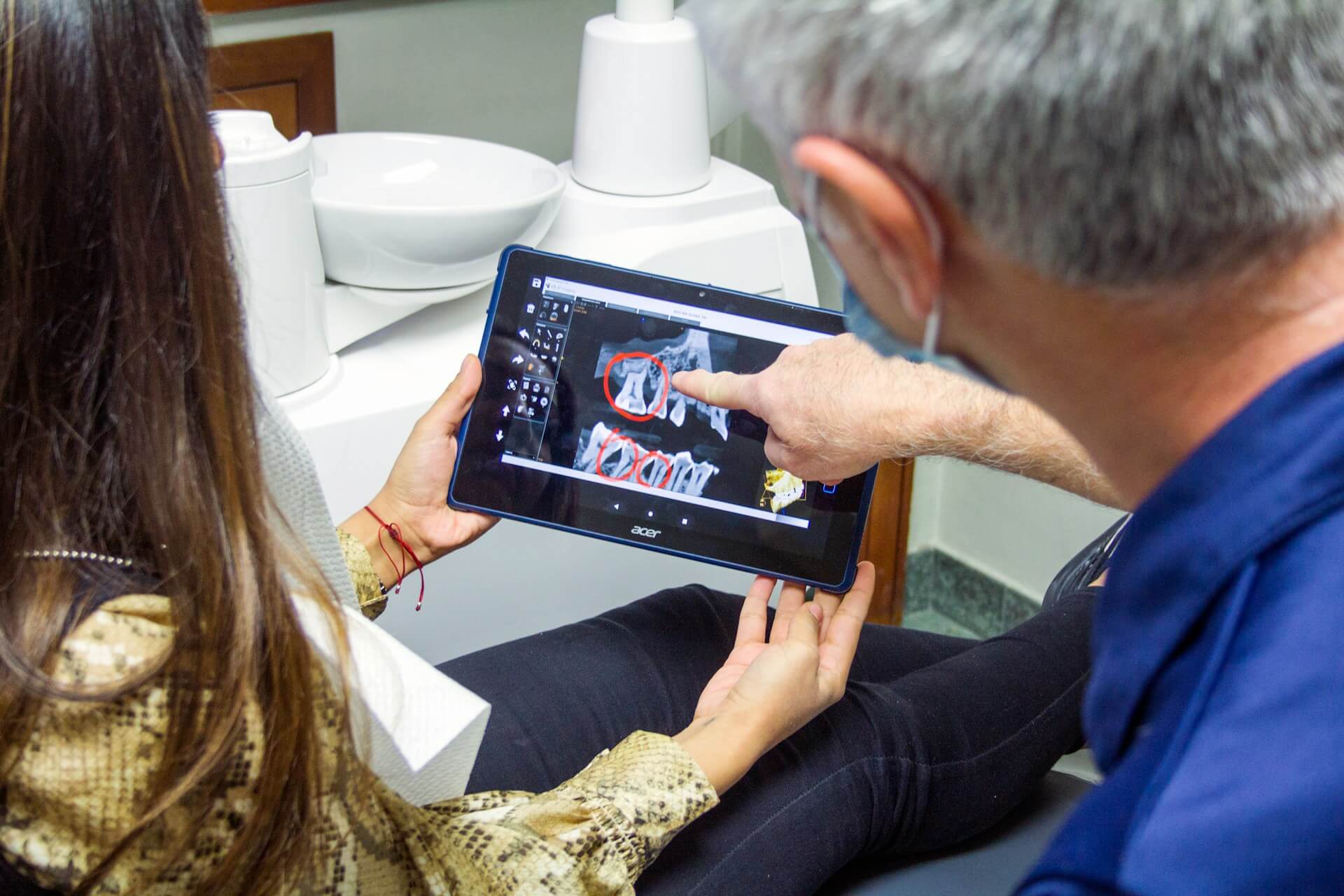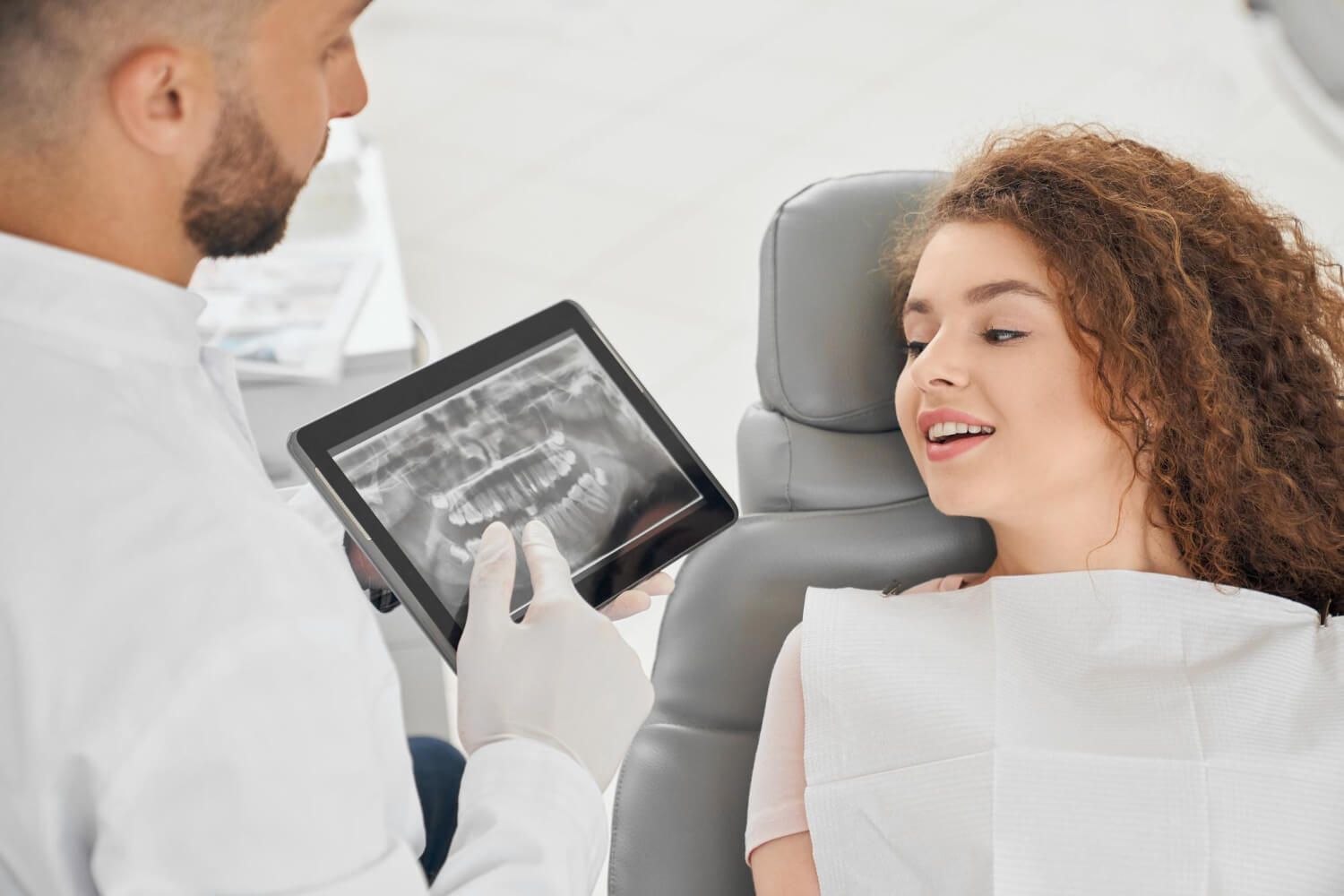In the field of dentistry, radiographic images are an essential diagnostic tool, shedding light on the hidden complexities of dental health that the naked eye cannot detect. However, as revealed in a comprehensive study published in *Nature*, the efficacy of radiographic diagnostics is not without limitations. Several factors can have a significant impact on the accuracy and reliability of these critical exams. These include the inherent quality of the radiographic image itself, the viewing conditions, the dentist’s preconceived expectations, the inevitable variability among examiners, and the time given to each examination. Such variables can lead to discrepancies in the accuracy of diagnosis, emphasizing the need for innovative solutions to improve the precision and consistency of dental diagnostics.
Table of Contents
Artificial Intelligence as a Diagnostic Ally
In the face of these challenges, the introduction of artificial intelligence (AI) serves as a sign of progress, providing sophisticated tools to improve diagnostic accuracy and reduce the likelihood of oversight. One of the most significant advantages of incorporating AI into dental diagnostics is its ability to carefully analyze radiographic images and identify potential areas of concern with high precision. Smartory’s AI assistant is changing the way dentists approach radiographic analysis by highlighting specific features that may require further examination. This intelligent software can detect a wide range of characteristics and conditions in radiographic images, including bitewing images, directing the dentist’s attention to areas that might otherwise go unnoticed. Smartory’s AI assistant helps to reduce diagnostic errors by providing targeted guidance errors and ensuring a more detailed examination.
AI's Role in Managing Medical Histories: A Leap Towards Proactive Dental Care
AI could make individuals able to process their health situation with simple tools like mobile cameras. In the near future, people will use their phones or simple accessories to check their hygiene and get customized healthcare recommendations according to their medical history and current situation. On the other hand, early detection of dental diseases is crucial since, with a proper plan, specialists can cure early diseases with the minimum amount of time, cost, and consequences.
This emerging AI technology in healthcare, especially in dentistry, is not just about enhancing existing systems; it’s about opening doors to new possibilities. Imagine a world where routine dental check-ups are supplemented by AI-driven assessments at home, allowing for continuous monitoring and early intervention. This not only ensures better dental health but also significantly reduces the risk of diseases escalating into more serious conditions. Furthermore, AI’s ability to aggregate and analyze individual health data over time will enable the development of highly personalized treatment plans. This shift towards personalized care is a testament to the potential of AI in transforming patient experiences, making healthcare more tailored to individual needs.
CONCLUSION
The integration of artificial intelligence into dental radiography represents a significant advance in dentistry, addressing issues with traditional diagnostic methods. Smartory’s AI assistant provides precise analysis of radiographic images, directing dentists to areas of concern that would otherwise go unnoticed, lowering diagnostic errors and ensuring thorough examinations. Beyond diagnosis, AI promotes proactive dental care by meticulously documenting dental histories, allowing for early detection of problems such as caries and cavities and timely intervention. Using AI in dental practice promises to improve diagnostic accuracy, treatment planning, and patient outcomes, ushering in a future of greater efficiency and proactive dental care.




